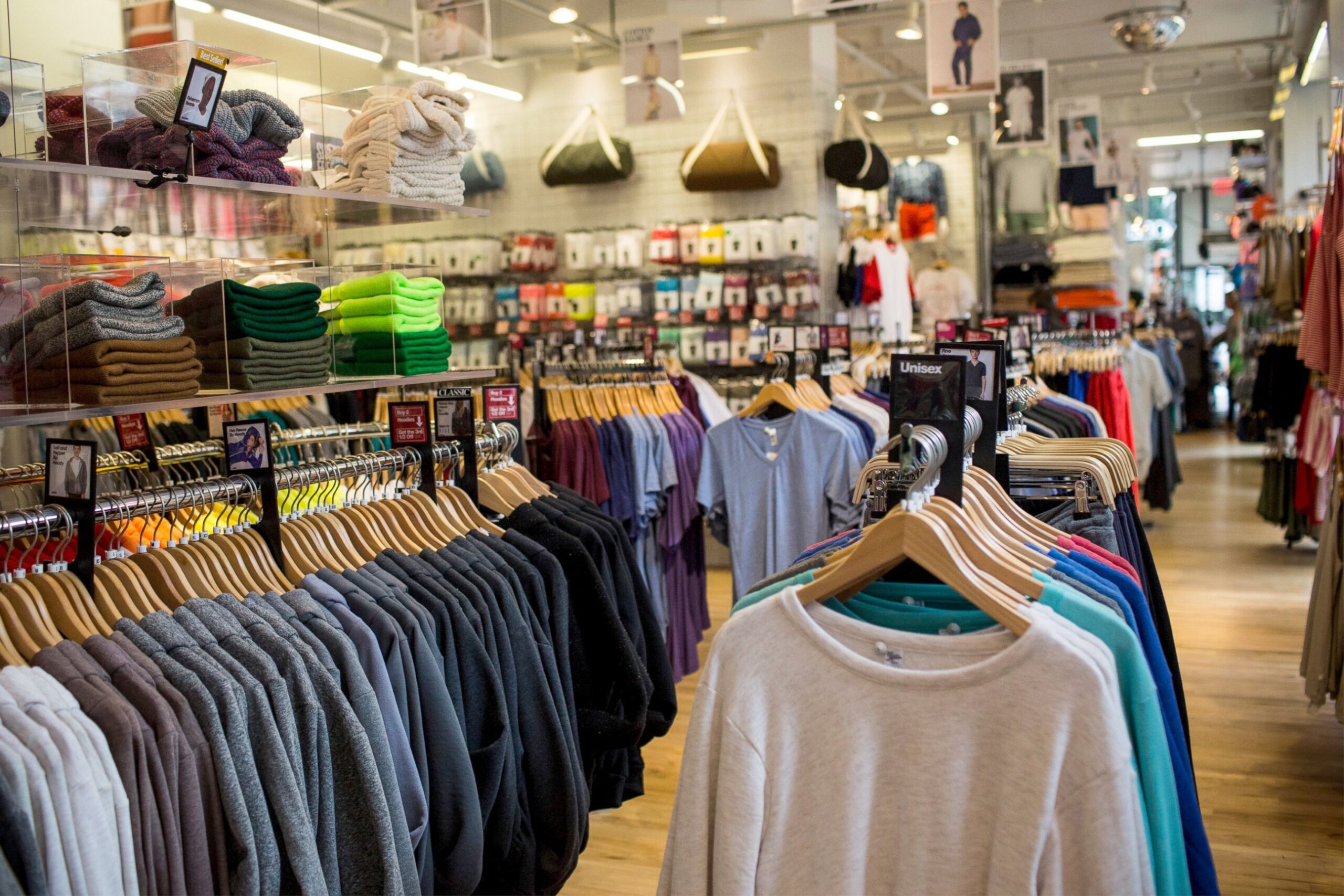Once upon a time, fashion was a mirror — a way for humans to express beauty, status, or rebellion. Today, it’s a reflection of something far more complex: our relationship with the planet itself. In 2026, fashion is no longer just a cultural story; it’s a climate story. Every fabric, every dye, every purchase carries a footprint — and, increasingly, a choice.
The world’s closets have grown louder than its conscience. Fast fashion, once celebrated for accessibility, became a symbol of excess — millions of garments discarded each day, mountains of polyester lingering in landfills for centuries. But amid this noise, something profound began to happen. A quieter, more thoughtful movement emerged — one that sees design not as destruction, but as renewal.
The industry is finally waking up to its power. According to recent data, fashion accounts for nearly 8–10% of global carbon emissions, more than all international flights combined. But that number is no longer being whispered — it’s being redesigned. Climate-aware brands are proving that creativity and responsibility are not rivals but partners.
Pangaia, once a niche eco-innovator, now defines the new luxury of science-driven sustainability. Its SeaCell™ T-shirts, infused with algae and seaweed fibers, don’t just feel good — they actively help lower microplastic waste. Stella McCartney, a pioneer long before it was fashionable to be ethical, continues to merge couture and conscience with innovations like Bolt Threads’ Mylo™ leather, grown from mushrooms instead of animals.
Meanwhile, Patagonia remains the moral north star — proving that outdoor apparel can be rugged, ethical, and eternal. Its Worn Wear program has turned repair into ritual. Levi’s, the denim giant that once symbolized rebellion, now leads the circular revolution with its Circular 501 jeans — designed to be recycled back into new denim fibers endlessly. And Allbirds, with its carbon-labeled sneakers and eucalyptus-based fabrics, has taught an entire generation that transparency can be as appealing as trend.
These brands aren’t just producing clothes; they’re producing change. They’ve replaced slogans with substance and shifted style from self-expression to stewardship. Their message is subtle yet seismic: fashion doesn’t have to harm to be beautiful.
What began as guilt-driven sustainability has evolved into intelligent design — a new kind of creativity where science, ethics, and aesthetics coexist. Fashion is no longer just about what we wear; it’s about what we stand for, and what we stand on.
The True Cost of Style – Understanding Fashion’s Footprint
Fashion has always promised transformation — a way to reinvent ourselves through fabric, color, and form. But behind the beauty lies a truth too heavy to ignore: the cost of transformation has been the planet itself. In 2026, the illusion of “cheap” clothing has collapsed. The price tags may be small, but the footprint they leave is immense.
Each year, the fashion industry emits an estimated 1.2 billion tons of CO₂, consumes 93 billion cubic meters of water, and generates 92 million tons of textile waste. Most of it ends up buried or burned — a silent pyre of overproduction. The fast fashion model that once democratized style has now democratized destruction.
For years, this damage stayed hidden — tucked behind factory doors, supply chains, and social media filters. But consumers have grown wiser, more informed, and less willing to accept ignorance as innocence. The modern shopper no longer asks, “Who made my clothes?” — they ask, “What did my clothes cost the earth?”
Transparency has become the new form of beauty. Brands that dare to show their impact, not just their imagery, are earning lasting trust. Everlane’s Transparency Report publicly breaks down costs, from materials to labor, proving that honesty sells better than illusion. Reformation’s RefScale tags each garment with its carbon, water, and waste footprint — turning sustainability into a visible, measurable part of fashion.
Technology, too, is illuminating what used to be invisible. Platforms like Avery Dennison’s Atma.io and Eon’s Digital ID system now allow consumers to scan garments and trace their origin — from cotton farm to factory floor. This digital transparency gives fashion something it’s long lacked: accountability.
But numbers alone can’t tell the whole story. The emotional cost of overconsumption — the burnout of endless trends — is equally profound. Closets overflow, yet satisfaction fades faster than ever. Psychologists now link compulsive shopping to anxiety and identity fatigue. The realization is spreading: the constant chase for “new” was never about expression; it was about escape.
In response, a new aesthetic has emerged — the beauty of enough. Owning fewer, better pieces has become a quiet act of rebellion. People are trading hauls for harmony, trends for truth.
Fashion’s true cost is finally visible — and so is its potential for change. The same creativity that once fueled excess is now designing its antidote. Because once we understand the price of beauty, we begin to seek beauty that heals instead of harms.
Regenerative & Natural Materials – Healing Instead of Extracting
For decades, fashion took from the earth as though beauty required sacrifice — cotton that depleted soil, leather that scarred ecosystems, dyes that bled into rivers. But a quiet revolution is rewriting that story. In 2026, the most forward-thinking designers aren’t just reducing harm; they’re rebuilding health. This is regenerative fashion — clothing that restores what it consumes.
Regeneration goes beyond “sustainability.” While sustainability tries to minimize damage, regeneration aims to reverse it. The soil becomes richer, the water cleaner, the biodiversity stronger. Every garment starts as part of a healing cycle — not extraction, but renewal.
Christy Dawn – Dresses Grown from Living Soil

No brand embodies this philosophy more poetically than Christy Dawn. In partnership with farmers in India, the label grows regenerative cotton on previously degraded land. Their Farm-to-Closet Collection uses no synthetic fertilizers or pesticides — only compost and crop rotation that nurture soil microbes back to life. The result is more than fabric; it’s a living narrative. Each dress carries coordinates of the exact plot of land where its cotton grew — a quiet reminder that true luxury begins with respect for earth.
Allbirds – Walking Lightly on the Planet

Footwear label Allbirds has turned carbon reduction into design language. Its Tree Dasher 2 sneakers, made from eucalyptus fibers and sugarcane-based foam, are fully carbon-labeled, showing emissions per pair. It’s a radical kind of honesty — transforming performance wear into a climate statement. The shoe’s soft texture and neutral color palette prove that sustainability can look as refined as it feels good.
Stella McCartney & Bolt Threads – Mylo™ Leather

Luxury designer Stella McCartney continues to redefine the meaning of leather through her partnership with Bolt Threads, the creators of Mylo™, a material grown from mycelium — the root structure of mushrooms. It’s not imitation; it’s innovation. Soft, breathable, and cruelty-free, Mylo challenges one of fashion’s oldest paradoxes: that luxury must come at a cost. McCartney’s Frayme Mylo Bag stands as an emblem of what the next century of fashion could feel like — tactile, ethical, alive.
Pangaia – Seaweed, Flowers, and Science

Then there’s Pangaia, the materials science collective turning biology into fashion poetry. Its SeaCell™ and C-FIBER™ T-shirts blend seaweed, eucalyptus pulp, and organic cotton into fabrics that breathe, biodegrade, and even nourish skin with antioxidants. The brand’s FLWRDWN™ puffer jackets, filled with wildflowers instead of feathers, are soft symbols of coexistence — proving that comfort and compassion can share the same thread.
Beyond Sustainability – The New Emotional Connection

What these brands share isn’t just innovation; it’s empathy. Regenerative materials reintroduce intimacy into fashion. You can feel the difference — the texture of organic hemp, the warmth of wool from free-grazing sheep, the cool smoothness of seaweed-based fibers. They reconnect wearers with origin and rhythm — the seasons, the soil, the quiet intelligence of nature.
Consumers, too, are responding to this emotional honesty. Owning a regenerative garment feels different; it carries moral and sensory depth. It reminds us that clothing doesn’t have to take — it can give back.
The movement’s message is simple but profound: if fashion helped harm the planet, it can also help heal it. Regeneration isn’t a trend — it’s the future of responsibility turned into beauty.
Because the most luxurious thing you can wear in 2026 isn’t exclusivity — it’s evidence that the earth can recover, and you helped it do so.
Next-Gen Innovation – The Science of Sustainability
If the early 2020s taught fashion to slow down, the mid-2020s have taught it to evolve. The next frontier in sustainability isn’t found in fields or factories — it’s being cultivated in labs. Here, biology meets beauty, and the traditional boundaries between nature and technology begin to blur. These innovations are not just materials; they are manifestos for the future.
Spiber – The Protein Revolution from Japan

In a small laboratory in Tsuruoka, Japan, Spiber has rewritten the rules of textile creation. Its breakthrough material, Brewed Protein™, is a bio-engineered fiber made by fermenting plant sugars through microbes — mimicking the natural structure of spider silk. The result is stronger than steel, yet as soft as cashmere, completely biodegradable, and endlessly customizable.
Luxury labels are already experimenting with it: Japan’s Goldwin has released jackets that feel like performance wear but decompose like leaves. By 2026, Brewed Protein™ has become a symbol of what sustainable technology can be — not an imitation of nature, but its continuation.
Modern Meadow – The Rise of Zoa™ Leather
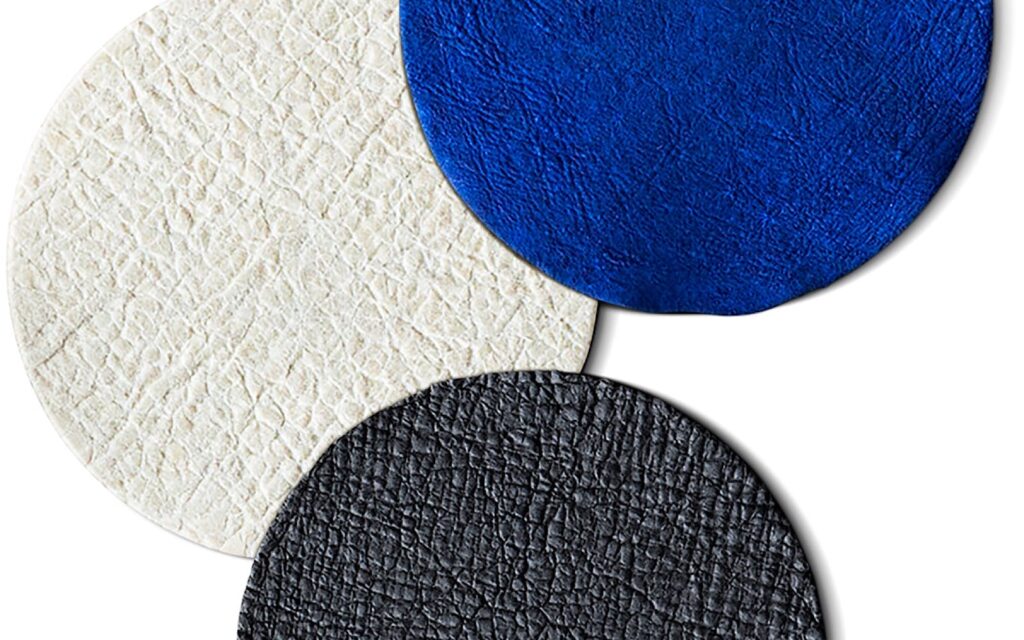
Across the Pacific, New Jersey-based Modern Meadow has mastered a different kind of alchemy. Their Zoa™ biofabricated leather is grown, not harvested — created from collagen produced by yeast. It looks, feels, and even smells like traditional leather but requires no animals and a fraction of the environmental footprint.
Zoa represents more than material change; it represents a moral shift. A new generation of designers, from Stella McCartney to emerging labels like Craft Lab Milan, are adopting it as the default for ethical luxury. Each bag or jacket crafted from Zoa is a quiet promise — that beauty no longer needs to come at a cost.
Kintra Fibers – Plastic Reimagined

While synthetics once symbolized pollution, Kintra Fibers is redefining their legacy. Its biodegradable polyester, derived from corn and sugar, mimics the strength and stretch of traditional nylon but breaks down naturally in soil and sea. Patagonia and Pangaia have both announced pilot programs using Kintra’s fibers for performance outerwear that doesn’t outlive the planet.
It’s not just sustainability — it’s forgiveness. Fashion, long accused of permanence in all the wrong places, is finally learning how to disappear gracefully.
Orange Fiber – Turning Waste into Wonder
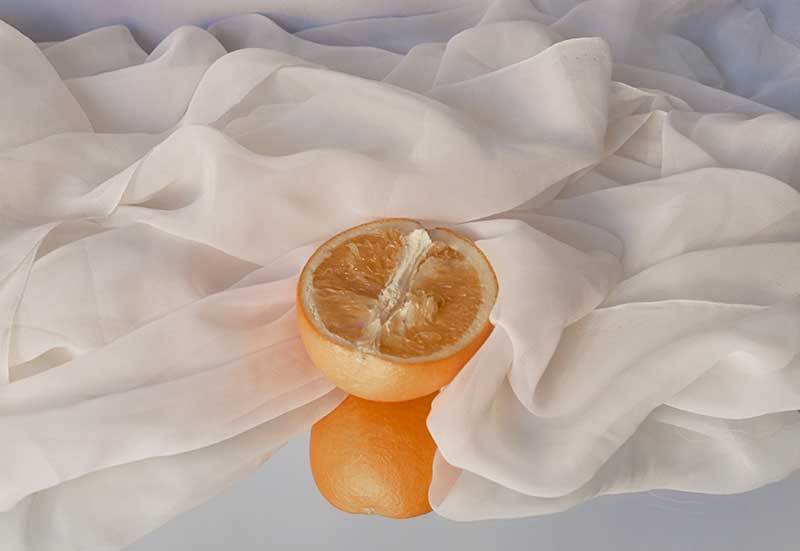
In southern Italy, Orange Fiber transforms discarded citrus peels from juice production into silk-like textiles. The fabric is smooth, luminous, and naturally scented with faint notes of orange blossom. Salvatore Ferragamo was among the first to adopt it, producing capsule collections that turn agricultural waste into wearable art. In a poetic sense, Orange Fiber completes a full circle — from fruit to fabric to renewal.
Together, these innovations represent something unprecedented: fashion that creates sustainability instead of merely compensating for its absence. They embody what the next decade will define as “intelligent elegance” — beauty that thinks, materials that feel, and garments that age with grace rather than guilt.
In 2026, the most advanced design isn’t futuristic — it’s deeply human. These materials invite touch, curiosity, and connection. They remind us that technology, when guided by empathy, doesn’t separate us from nature; it brings us closer to its rhythm.
The laboratory has become the new atelier — and its most exquisite creation is hope.
Circular Design & Repair – Closing the Loop
The most revolutionary idea in 2026 fashion isn’t newness — it’s return. The industry is learning that progress doesn’t always mean forward motion; sometimes it means coming full circle. After decades of linear consumption — make, sell, discard — the fashion world is rediscovering the ancient art of continuity. This is circular design: fashion that never truly ends.
Circularity begins with a simple, radical question: What if nothing in your wardrobe ever became waste?
It’s a question brands like Levi’s, Patagonia, Eileen Fisher, For Days, and The Restory have spent the past few years answering — not with marketing slogans, but with infrastructure, craftsmanship, and patience.
Levi’s Circular 501 – Denim That Lives Again

When Levi’s launched its Circular 501, it wasn’t just a new pair of jeans — it was a blueprint for the future. Made from organic cotton and recycled fibers, designed without metal rivets or toxic dyes, every thread was engineered to be disassembled and reused. Once the jeans reach the end of their life, they can be shredded and reborn into another pair. It’s not nostalgia; it’s regeneration.
For the world’s most iconic denim label, this isn’t a marketing trend — it’s redemption. Denim, long known for its water and chemical footprint, is now leading the charge toward a cleaner legacy.
Patagonia Worn Wear – Repair as a Ritual
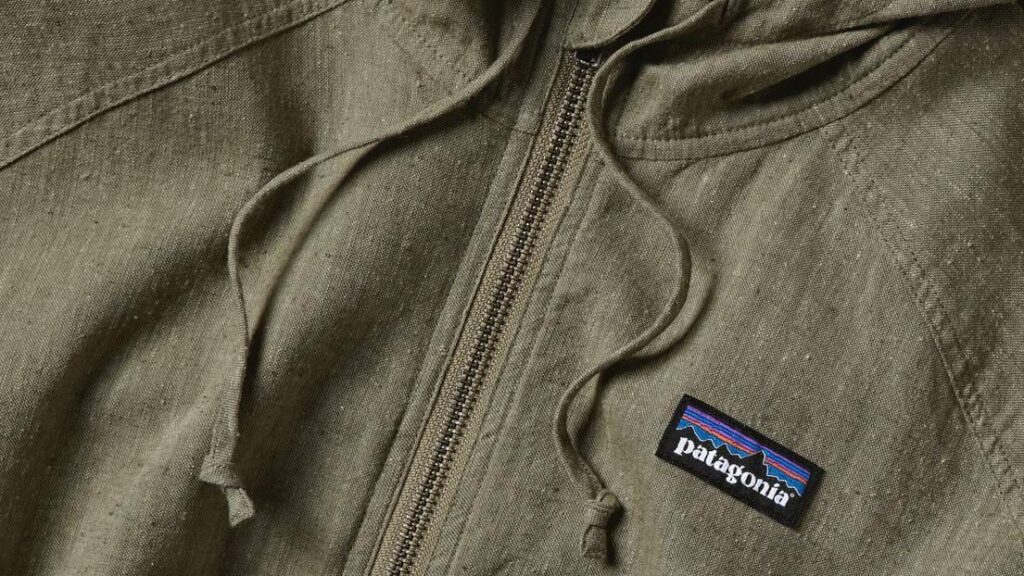
At Patagonia, repair is no longer a service — it’s a philosophy. Through its Worn Wear initiative, customers can send in used jackets, fleeces, and base layers for mending, resale, or recycling. Each garment returns stronger, carrying its history proudly. Online, Patagonia celebrates these pieces with their scars and stitches visible — proof that imperfection can be beautiful when it’s honest.
A patched sleeve or replaced zipper becomes a mark of loyalty, not loss. “The best product,” the brand famously says, “is the one you already own.”
Eileen Fisher Renew – Circular Elegance
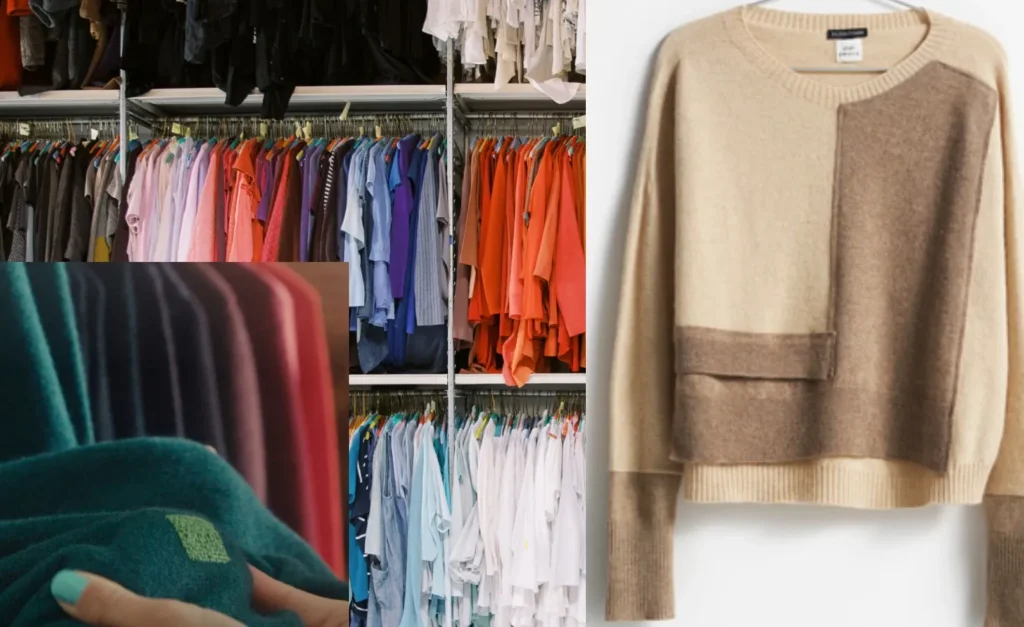
Eileen Fisher has been quietly perfecting the art of circular luxury. Her Renew Program takes back gently used clothing, cleans and repairs it, and gives it new life — often redesigned into limited-edition capsule pieces. It’s a brand built not on novelty but on nourishment. Her minimal silhouettes make it easy to blend seasons and decades into a single, seamless wardrobe — proof that longevity can look effortlessly modern.
For Days – Clothing as a Closed Loop

At the other end of the market, For Days has made circularity democratic. Their Take-Back Bag allows customers to send back any old garments (from any brand) in exchange for credits toward new ones. Those items are sorted, recycled, or upcycled into new fiber. It’s a fashion ecosystem where nothing truly disappears — every shirt or pair of jeans becomes raw material again.
The Restory – Luxury Reborn

For the high-end market, The Restory in London has become a new kind of atelier — one that doesn’t create, but restores. Their artisans repair, re-dye, and reconstruct designer handbags and shoes from Hermès, Bottega Veneta, and Celine, returning them to near-original glory. Each restoration carries a quiet message: repair is the new couture.
Circular fashion doesn’t just save materials; it reshapes meaning. It asks consumers to value continuity over novelty, attachment over impulse. A repaired jacket becomes a story. A restored bag becomes a legacy.
The loop is closing — not as a constraint, but as liberation. The beauty of circular design lies in its simplicity: nothing truly ends; it just begins again, differently.
Because in 2026, the most radical thing you can do in fashion is keep wearing what you love.
Bio-Based Luxury – When Craft Meets Conscience
Luxury, for much of history, was defined by rarity — the rarest leather, the finest silk, the most exclusive access. But in 2026, luxury is no longer measured in scarcity; it’s measured in sensitivity. The most prestigious brands in the world are turning toward bio-based, regenerative, and cruelty-free materials — proving that elegance can coexist with ethics, and that refinement is no longer about ownership, but awareness.
The shift didn’t happen overnight. For decades, sustainability was seen as a constraint — a moral checkbox that dulled glamour. But as the climate crisis deepened and consumers grew more emotionally literate, something changed. The future of fashion began to belong to those who could merge conscience with craftsmanship.
Hermès x MycoWorks – The Bag That Grows, Not Kills
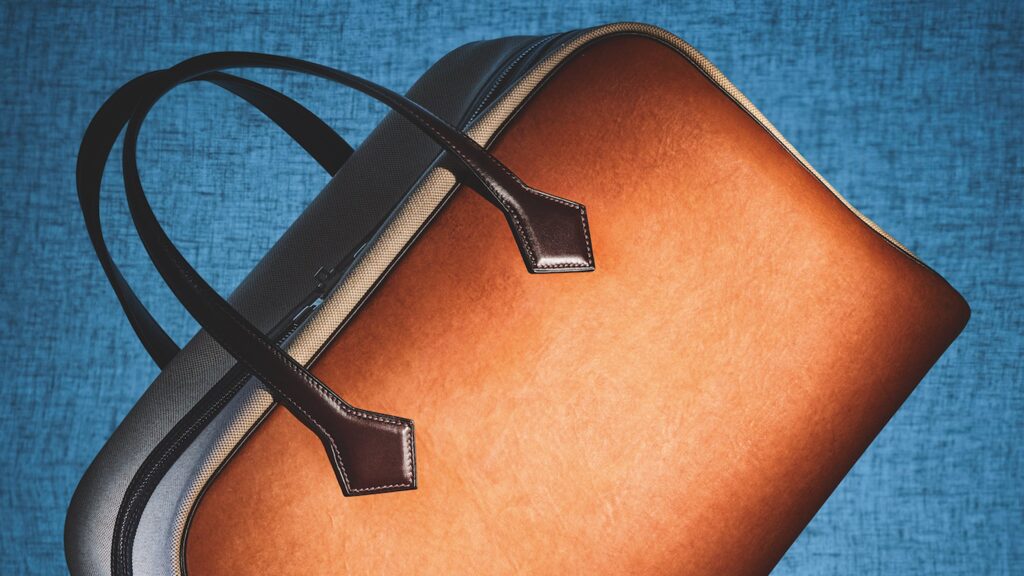
The collaboration between Hermès and biotech company MycoWorks redefined the very essence of luxury. Together, they created Sylvania, a mycelium-based leather grown from mushroom roots — soft, strong, and naturally textured. It requires no animal hides, no tanning chemicals, and minimal water.
Hermès applied the same meticulous artistry to Sylvania as it does to its traditional leathers, debuting it in a special edition of the Victoria travel bag. The result was groundbreaking — a product that felt both futuristic and ancient, as if grown from the forest itself. In the quiet symmetry of Hermès and MycoWorks, fashion finally bridged craft and consciousness.
Gucci Demetra™ – Vegan Innovation Without Compromise
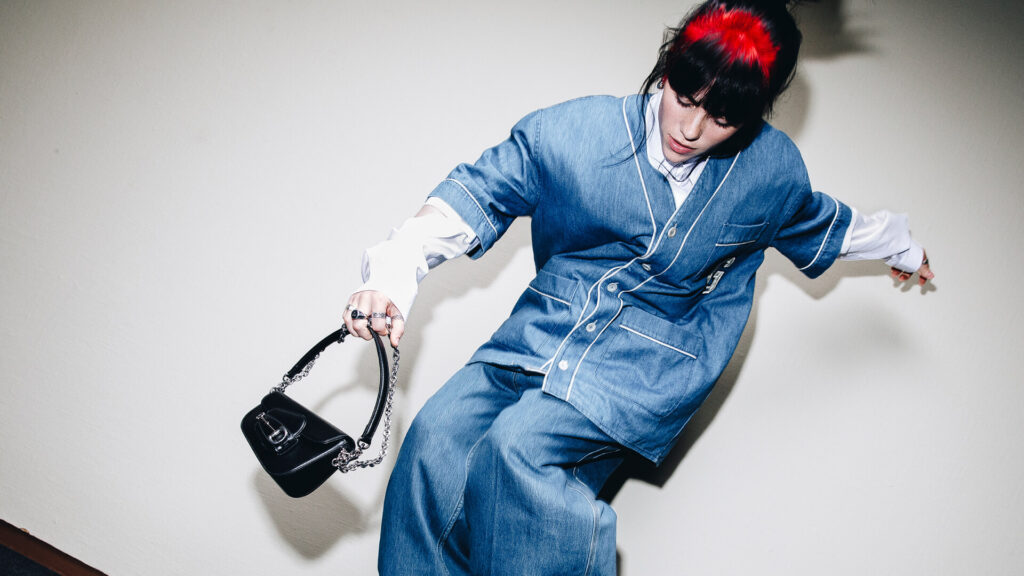
Gucci, under its Equilibrium initiative, launched Demetra™, a vegan material developed in-house from a mix of bio-based and recycled components. It feels like supple calf leather but is made without animal inputs and with reduced carbon impact. Used in its Rhyton sneakers and small leather goods, Demetra™ proved that Italian luxury could adapt without losing its sensuality.
Gucci’s approach reflects a deeper truth: sustainability in luxury isn’t about sacrifice — it’s about skill. It’s a question of whether you can make responsibility feel seductive.
Loro Piana – Regenerative Rarity

Italian house Loro Piana, long synonymous with refinement, has turned its expertise in cashmere and vicuña toward regenerative sourcing. By 2026, the brand’s Re-Textured Vicuña Blend collection uses reclaimed fibers from past garments, re-spun into new textiles that retain the same featherlight softness. It’s the couture version of recycling — invisible to the eye, transformative to the planet.
Wearing Loro Piana now feels less like indulgence and more like meditation — a reminder that quiet luxury is not about opulence, but continuity.
Gabriela Hearst – Ethics as Aesthetic

For Gabriela Hearst, sustainability isn’t a feature; it’s her foundation. Her collections use regenerative cashmere, deadstock silk, and recycled wool, sourced through transparent supply chains. The textures are sensual, the silhouettes sculptural, the message unmistakable: fashion can heal without losing its grace. Her pieces, from the Nina bag to her tailored wool coats, are proof that moral clarity can look breathtaking.
This new generation of bio-based luxury restores fashion’s original purpose — to celebrate craftsmanship and connection. But now, that connection extends beyond the artisan’s hand to the ecosystem itself.
Luxury is becoming what it was always meant to be: a devotion to quality so profound it cannot harm. A discipline of care, a form of artistry that understands that true value is not measured in logos but in longevity.
The future of high-end fashion will not glitter — it will breathe.
Because in 2026, the ultimate luxury isn’t the rarest material — it’s the one that leaves the earth untouched and your conscience unburdened.
Conscious Consumers – Small Choices, Big Change
The future of fashion isn’t being written in luxury boardrooms or biotech labs — it’s unfolding inside wardrobes around the world. Real change now begins in the small, almost invisible moments: when someone decides to repair instead of replace, to wash in cold water instead of hot, to buy one perfect blazer instead of five that will fade.
In 2026, conscious consumerism isn’t about guilt — it’s about alignment. People are no longer just purchasing clothing; they’re choosing values. The quiet revolution of sustainability is being carried not by activists or influencers, but by thoughtful individuals who’ve realized that every decision counts.
ASKET – The Art of Enough

Swedish label ASKET has become a touchstone for those who believe in mindful consumption. The brand sells no collections, no seasonal trends — only permanent essentials. Each item, from its Merino Wool Sweater to its Everyday T-Shirt, comes with a digital “impact receipt” detailing CO₂ emissions, water usage, and the supply chain journey. For ASKET, transparency is intimacy — an open invitation for the consumer to see and care.
Nudie Jeans – Repair for Life

Nudie Jeans has transformed denim into a lifelong relationship. Its global network of Repair Shops mends over 60,000 pairs of jeans each year, free of charge. Their motto — “Repair, Reuse, Recycle” — has inspired a generation to wear their clothes longer and with pride. A patched knee is no longer a flaw; it’s a story. By extending a garment’s life by just nine months, Nudie notes, you reduce its carbon footprint by up to 30%.
VETTA Capsule – Five Pieces, 30 Outfits
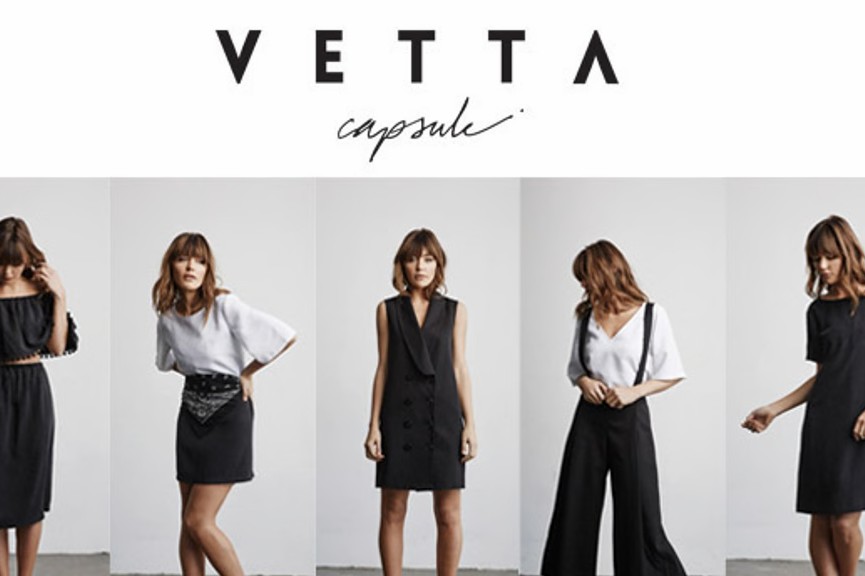
American brand VETTA Capsule proves that creativity thrives under constraint. Each mini capsule collection contains just five interchangeable pieces designed to create over 30 outfits. Their Convertible Wrap Dress and Two-Piece Jumpsuit are modular masterpieces — transformable, seasonless, and made from sustainable Tencel. It’s the wardrobe equivalent of mindful living: less noise, more intention.
Icebreaker – Nature’s Performance Wear

Outdoor label Icebreaker continues to lead with its “Move to Natural” initiative, creating activewear exclusively from merino wool and plant-based fibers. Their Tech Lite Merino T-Shirt has become a symbol of ethical adventure — proof that performance and planetary care can coexist.
Each of these brands shares a quiet faith in the consumer — the belief that the real transformation will not come from top-down systems, but from everyday choices that ripple outward.
In a world that once told us more was better, these companies remind us that care is the new currency. Every wash cycle saved, every garment mended, every intentional purchase accumulates into something profound: impact.
Because fighting climate change doesn’t always require protest — sometimes it just requires paying attention.
And maybe the simplest act of resistance left to us is this: to love our clothes long enough to let them matter.
Reflection – Dressing as an Act of Hope
When we look at a garment in 2026, we no longer see just fabric and thread. We see choices — the fields it came from, the hands that wove it, the carbon it carried, the miles it traveled. Every stitch tells a story, and for the first time, we’re learning to listen.
Fashion has always been emotional, but now it is also ethical. The same human instinct that once drove us to adorn ourselves is driving us to protect what adorns the earth. The new era of climate-conscious style isn’t about austerity; it’s about affection — for craft, for nature, for continuity.
When you slip into a Pangaia SeaCell™ tee or lace up a pair of Allbirds Tree Dashers, you’re participating in something far larger than trend. You’re engaging in a small act of defiance against disposability — a belief that beauty and responsibility belong together. When you repair your jeans at Nudie, resell your Levi’s, or restore your Celine bag through The Restory, you’re extending not just the life of a product, but the memory of it.
These gestures may seem small, but their collective echo is vast. If billions of garments can harm, billions of choices can heal. Each act of care — each refusal to waste — becomes a vote for a livable future.
We once wore clothes to tell the world who we were. Now we wear them to tell the world what we stand for. And perhaps, that’s the quiet miracle of this moment: that style, so often dismissed as superficial, has found its soul again.
Fashion can’t save the planet on its own — but it can remind us what’s worth saving.
Because when we choose garments made with empathy, designed to last, and cherished enough to mend, we are doing more than dressing — we are practicing hope.



